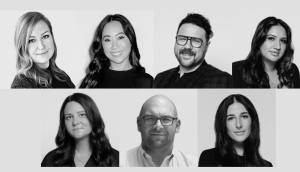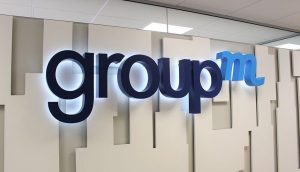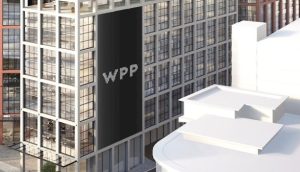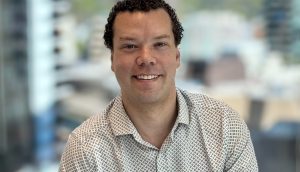The pandemic proved that agencies and their clients could operate remotely quite successfully. Various iterations of this structure have continued since then, with flexible hybrid models being the most prevalent.
Most agencies are now operating with some version of a hybrid model, with policies around the number of days in office flexing up and down. The jury is still out on whether one model is more effective than another.
“After two and half years working remotely, we were excited to open a new office and welcome the team back in real life,” says Sheri Rogers, EVP of business solutions at Horizon Media. “We have one day a week when the entire team comes together to reconnect and collaborate. Additionally, other teams will come in on other days for in-person collaboration, vendor meetings or client meetings. Horizon’s hybrid work policies are fluid, and its teams work with clients’ schedules to ensure they’re available for in-person meetings and collaboration.
Rogers says that for the most part, the agency feels the hybrid strategy works best for its teams. “Working from home during the pandemic certainly confirmed that with the right technology, workflow systems and communication, our teams could be productive and deliver exceptional work from anywhere.” However, she adds that there is something to be said about interacting and building connections face-to-face.
Dentsu Media Canada is embracing the meaningful connections and engagement that comes from having a hybrid workforce – and agency president Sarah Thompson says that means the agency is not mandating anybody’s return to the office.
Employees are empowered to self-manage, self-regulate and do the right thing. And beyond just resulting in happier employees, it has helped the agency diversify its perspectives.
“As a media agency, typically, we’ve been very centered in Toronto, Vancouver, Montreal and a little bit in Calgary in our major urban cities,” Thompson says. “When you think about the economics of paying rent in Toronto, it’s challenging for people. But in a market where you have affordable housing, there’s a benefit to that and also a benefit to us of having a workforce with differing perspectives. You need to realize that the media habits of Canada are not just in five cities.”
Thompson says that having people who live in other communities, from a planning and investment standpoint is incredibly valuable to the agency and its clients.
“We’re embracing it and I think it actually opens up new talent, new opportunities and new capabilities for our organization. When our employees don’t have to worry about the cost of housing, that makes them more productive. They’ve got a lot less stress.”
Of course, the agency does have offices for client meetings and team collaboration. When it comes to onboarding and mentoring new staff, Dentsu has already built that into its model.
“We made an investment just this past year into a centralized learning and development lead,” Thompson says. “We are building learning programs for the future that we are currently living in. We’re considering how do you onboard a remote workforce? How do you make people feel like they have meaningful connections and a sense of belonging to work? Making sure that people are aware of the overall business strategy and approach to the organization, where we’re going, and being a much more transparent organization is important.”
When Cairns Oneil reopened its workspace last spring, rather than being an office in the traditional sense, it was redesigned it to be a hub of collaboration and inspiration. Devon MacDonald, agency president, says this meant fewer desks, more technology and spaces for people to work together.
“We didn’t want to recreate the same model as before,” he says. “We wanted to adjust and give our teams a reason to come in, not be forced too. Our working policy is full-flex. That I,s staff have the freedom to work from whatever location they prefer. We give staff the opportunity to work overseas to visit family for extended amounts of time too.”
As to what is most effective in terms of the work, employee and client satisfaction, MacDonald says the whole definition of effective work has changed. “There are some key activities that can best be performed in a focused environment, and others that require collaboration and heavy interaction. We’re designing our work and engagement amongst teams to maximize collaboration and support in for physical and digital environments.”
























